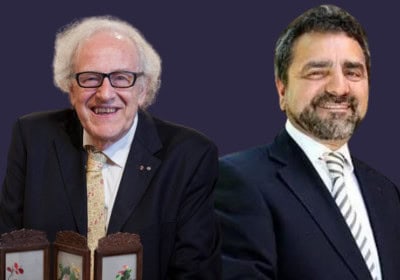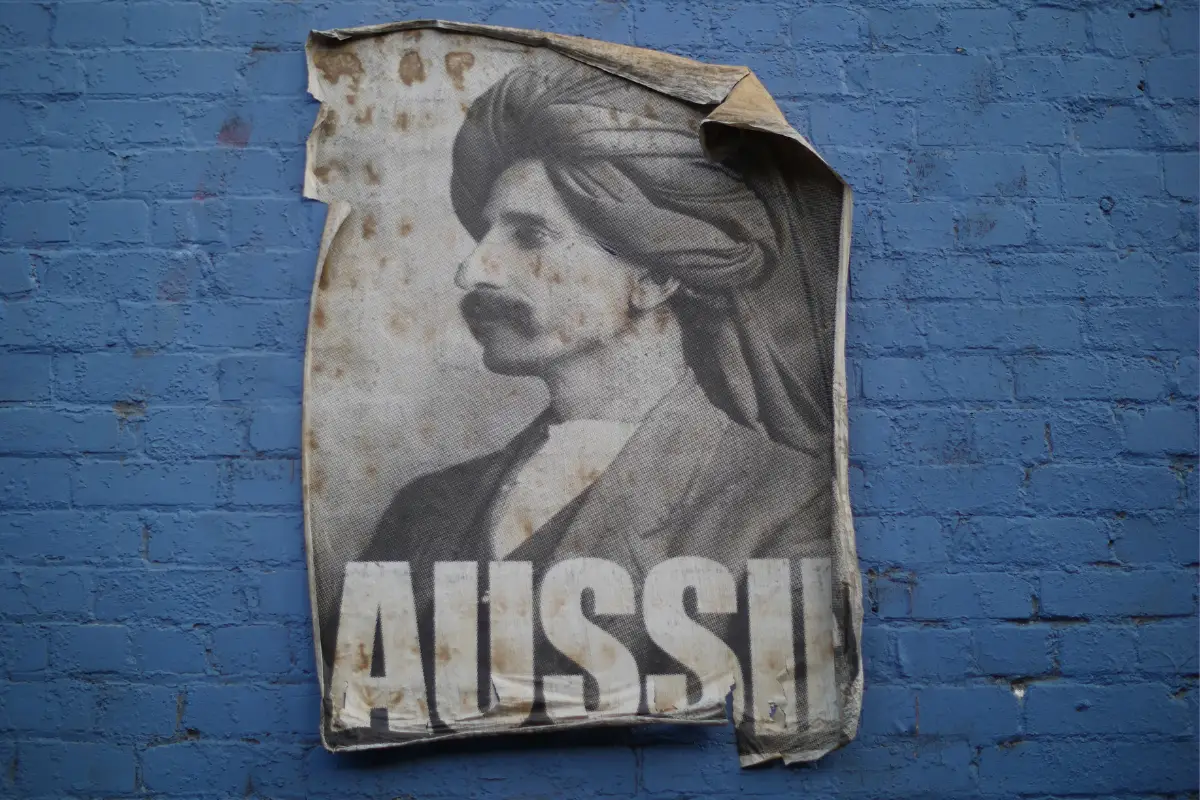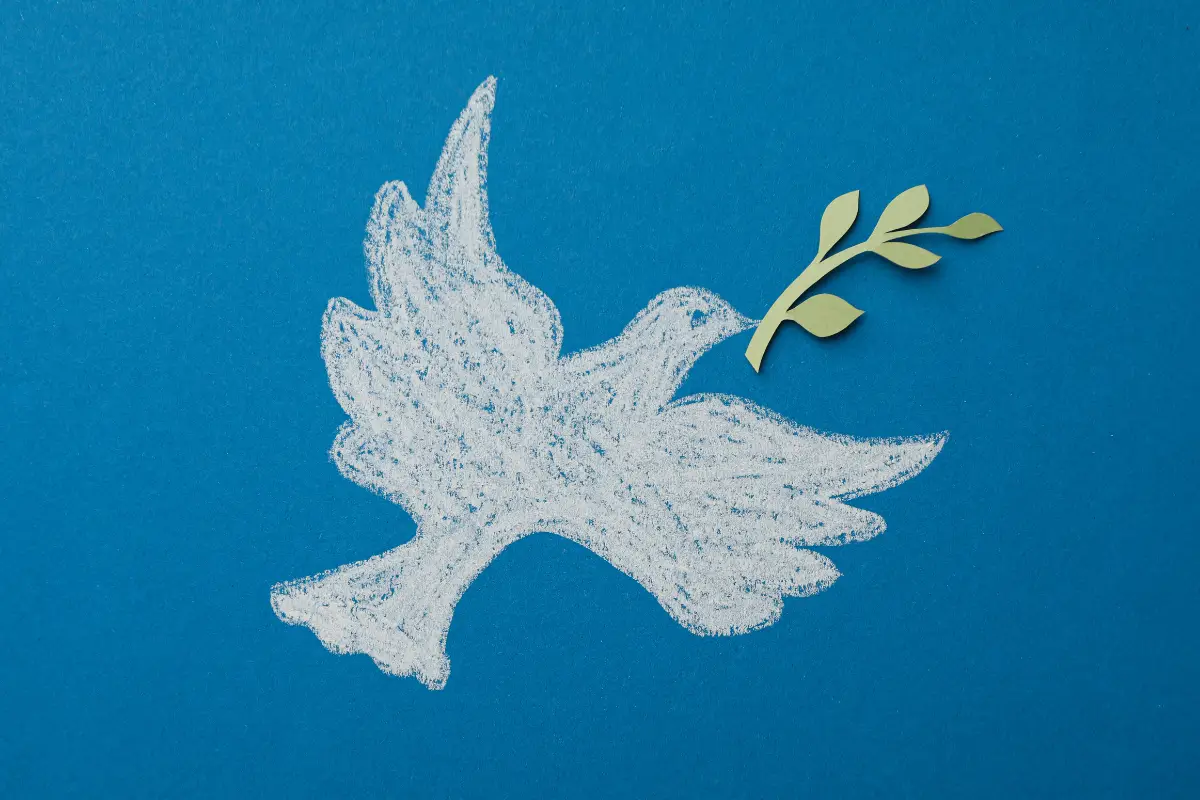
The blending of two cultures
In the fourteenth century, traders from Arabia, Gujarat and China arrived in what is now Indonesia, seeking cloves, cinnamon and nutmeg. They brought with them Islam, and as some settled on Java and Sumatra, the new religion gradually blended with local culture.
Jump forward seven centuries, and Indonesia is now the world’s most populous Muslim-majority nation, and a country with which Australia has close diplomatic and trading links. Enlightenment about the dynamics and influence of Islam in Australia’s nearest neighbour in Asia can be found in the work of two internationally acclaimed Australian scholars, Anthony Johns and Merle Ricklefs.
The research of these two scholars, and their students, has illuminated how Islam spread in Indonesia and the part it played in the country’s sometimes turbulent history. Their work has also demonstrated that Islamic belief is key to making sense of Indonesia, past and present.
Understanding Modern Indonesia through Australian research
Ricklefs’ trilogy on the history of Islam in Java, Indonesia’s largest island and home to more than half the population, is a panoramic sweep of those seven centuries. It places the modern Indonesian state, spread across 17,000-plus islands and comprising 350 ethnic groups, in a detailed, densely researched historical context.
The third volume, examining 1930 to the present, covers the growth of nationalism, the war of independence, the end of Dutch rule, and the confrontation between Muslims and Communists in the 1960s that culminated in the massacre of half a million people and the tightening of Islam’s control over politics and society.
Ricklefs also wrote the standard textbook, A History of Modern Indonesia, regularly updating it to incorporate recent events.
An inter-faith dialogue
An expert on Islam’s transmission across the Muslim world, on the Qur’an and the evolution of Islamic learning in Indonesia, Johns demolished the long-standing theory that culture and ideas flowed only from the Middle East to Southeast Asia, and not in the opposite direction.
It was misplaced, he wrote, to view Indonesia as being on the periphery of the Muslim world, cut off from the religion’s “heartland” in the Middle East:
“as though the further one got from Mecca, the weaker Islamic faith and practice inevitably became”.
Johns uncovered evidence of Indonesian academics’ familiarity with Arabic texts, as well as their adoption of Arabic script, contribution to Islamic jurisprudence and sustained contacts with centres of Islamic teaching in the Middle East. All of this highlighted, for him, “the part they played in the Islamic commonwealth of religious scholars”.
Knowing our neighbours
Far from Islam being a foreign veneer overlaid on its pre-Muslim past, Indonesia had a vibrant local Islamic cultural legacy, argued Johns, who in retirement has delivered workshops, lectures and briefings to Australian diplomats, defence personnel and the public on Islam, the Qur’an and inter-faith dialogue.
Both he and Ricklefs scrutinised the intricate detail of Islamic texts to explain the deep roots and richness of Muslim thinking in Indonesia, putting paid to the previously dominant view that Western thought – and Western-trained elite figures – were the only significant source of creative political and philosophical ideas.
As Indonesia grows in size and influence, and in a world increasingly concerned about religious extremism, it is crucial for Australia to better understand that country’s history and culture, and how Islam has shaped – and continues to shape – them.



